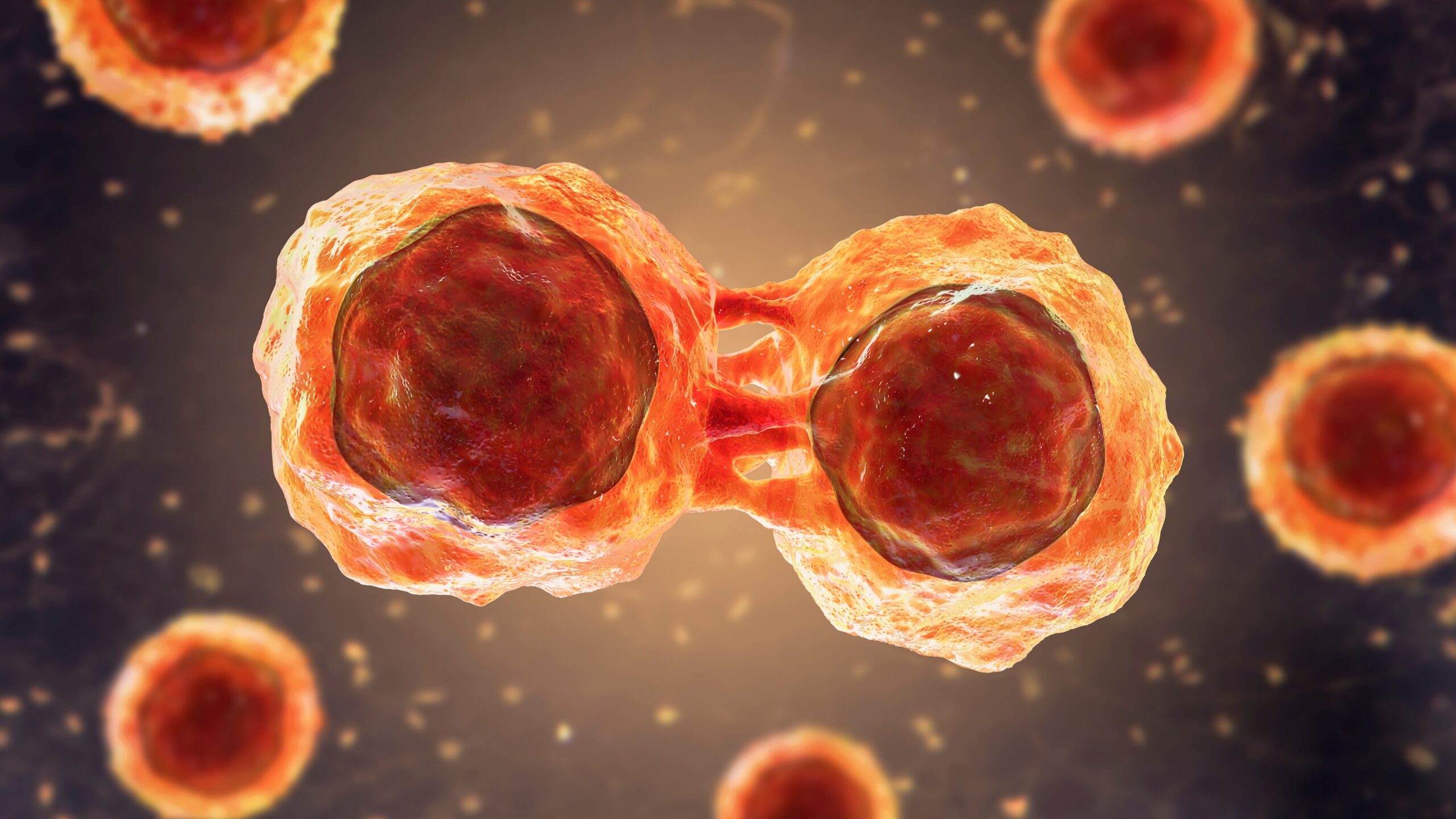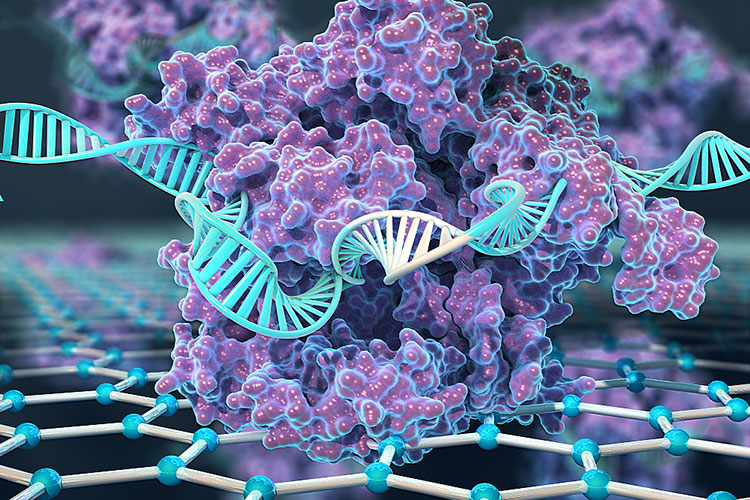
A recent study has helped to clarify the role of SF3B1 mutation in myelodysplastic syndrome (MDS) pathobiology, specifically as a disruptor of mitochondrial function, transcription, and translation. The study was presented at the 66th American Society of Hematology Annual Meeting & Exposition in San Diego, California.
The team of analysts from the Tianjin Institutes of Health Science in Tianjin, China, wrote that their study’s findings “suggest rapamycin as a potential therapeutic strategy for MDS patients with SF3B1 mutation to alleviate anemia by inhibiting stress-induced mTOR activation.”
The study involved three patients with lower-risk MDS and three with higher-risk disease. In this group, the analysts performed single-cell RNA sequencing and genotyping of bone marrow-derived CD34+ hematopoietic stem progenitor cells (HSPCs). They noticed in lower-risk disease that mutated cells gathered on the erythroid trajectory while higher-risk disease featured more mutated immature myeloid populations.
“This suggests SF3B1 mutant cell frequency varies as a function of the progenitor subtype in different disease stage,” the analysts wrote.
Using an MDS patient-derived inducible pluripotent stem cell (iPSC) line featuring SF3B1 K700E mutation and SF3B1 wild type, the analysts conducted RNA and ribosome sequencing of iPSC-derived HSPCs which revealed imbalanced translation efficacy in SF3B1-mutated cells. In the SF3B1-mutated HSPCs, upstream activation of the mTOR signaling pathway was also evident on gene set enrichment analysis.
In the SF3B1 K700E group during HSPC differentiation, mutated cells exhibited signs of dysfunctional mitochondria; in the group during erythroid differentiation, erythroblast production was markedly less than in the wild-type line.
The analysts tested whether erythropoiesis in the mutated cells could be improved using N-acetylcysteine, nicotinamide riboside, 4-phenylbutyric acid, setanaxib, larotrectinib, or with two different translation-associated drugs but were unsuccessful with these agents. They found the mTOR inhibitor rapamycin could improve and normalize erythroid differentiation, but noted “this effect was not observed in wild-type iPSCs, implying that rapamycin is specific to SF3B1 mutation.”
Reference
Li Q, Yang F, Ling Y, et al. Mitochondrial transcriptional-translational conflict contributes to defective erythropoiesis and disease progression in splicing factor mutant myelodysplastic syndromes. Abstract #345. Presented at the 66th American Society of Hematology Annual Meeting and Exposition; December 7-10, 2024; San Diego, California.







 © 2025 Mashup Media, LLC, a Formedics Property. All Rights Reserved.
© 2025 Mashup Media, LLC, a Formedics Property. All Rights Reserved.